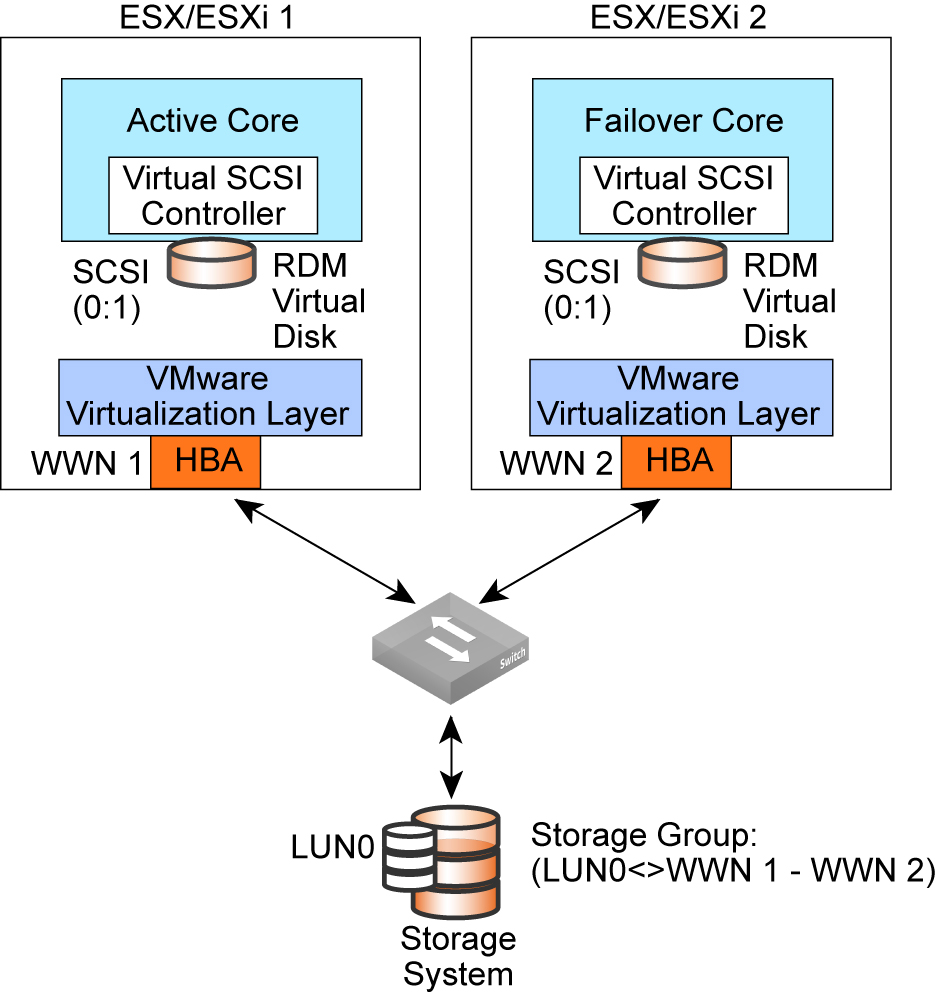

- RAW DEVICE MAPPING VMWARE ESXI 5 SERIAL
- RAW DEVICE MAPPING VMWARE ESXI 5 CODE
RAW DEVICE MAPPING VMWARE ESXI 5 SERIAL
The candidate device must export a global serial number, which enables the ESXi/ESX host to uniquely identify the device for use as an RDM.
RAW DEVICE MAPPING VMWARE ESXI 5 CODE
The candidate device must support SCSI Inquiry Vital Data Product (VPD) page code 0x83, which is used to directly address and communicate with RDM devices. Now, for using a drive as RDM, VMware’s KB 1017530 states two conditions that must be meet: Fire up ESXi and repeat the last command, now you will see the new disk. So, plug in the new drive, configure it as RAID 0 (yes, even if it’s only one drive). In effect, it merges VMFS manageability with raw device access.īefore acquiring those pair of 1TB HDDs I tested the theory with a single 120GB SSD (Kingston SSDNow 300) in RAID 0 mode (otherwise the G8’s embedded controller wouldn’t present the drive to ESX).Īlso, before pluging in the drive, I SSH’d into the ESXi hosts and checked /dev/disks /dev/disks # ls -l /vmfs/devices/disks/ The mapping file gives you some of the advantages of a virtual disk in the VMFS file system, while keeping some advantages of direct access to physical device characteristics. The mapping file contains metadata used to manage and redirect disk accesses to the physical device. 
Raw Device Mapping allows a special file in a VMFS volume to act as a proxy for a raw device. What I ultimately wanted was to take out either of the HDDs, plug it in a Linux machine and have access to all of the backup data. But I didn’t want a VMFS being the first layer in those two discs. For the backup scheme, I wanted to add another 1 TB RAID 1. Everything is installed on a 1 TB RAID 1 served by the embedded controller. It has ESXi 5.5 with some VM running on it.

I own an HP Microserver G8 which basically has all of my stuff, music, pictures, documents, etc.







 0 kommentar(er)
0 kommentar(er)
